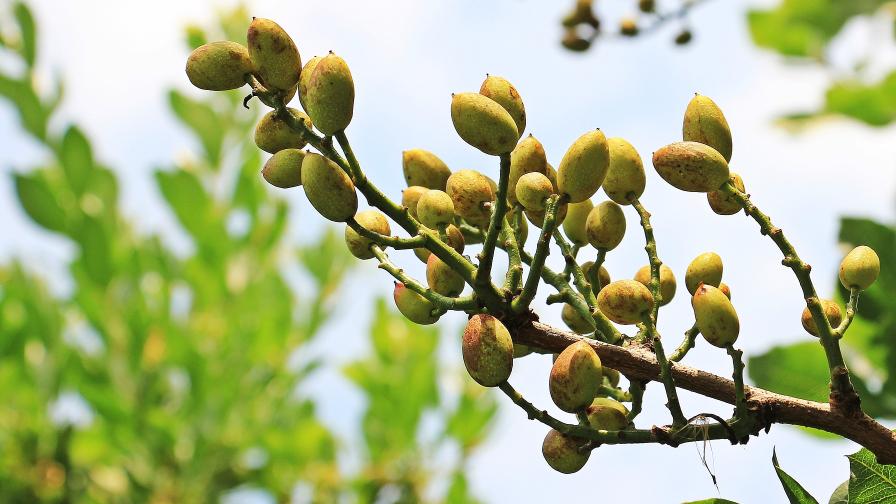Postponing Grapevine Pruning
Researchers at the Malborough Wine Research Centre in New Zealand have spent the past several years evaluating the effects of delayed winter spur-pruning on Merlot grapevines, and they’ve gotten eye-popping results. Michael Trought and Adam Friend, who originally published their results in the Australian Journal of Grape and Wine Research, did their evaluations in a commercial vineyard. The vines were spur-pruned, trained using vertical shoot positioning, drip-irrigated, and grafted to Kober 5BB rootstock.
Delaying pruning from July — the usual winter pruning time in New Zealand — until up to October, when apical shoots on canes were about 5 centimeters long, resulted in yield increases of up to 92%, 63%, and 82% over the three seasons of experimentation. The yield increases reflected higher average berry weight. The increase in average weight was associated with a change in the relative abundance of different berry types. Later, pruning increased the proportion of large-seeded berries, while the proportion of smaller seedless berries decreased.
Delayed pruning may enhance fertilization of flowers and development of seeds by postponing flowering to a time when climatic conditions are more favorable. Measurements of shoot lengths support this.
Editor’s Note: We were intrigued by the research, so we e-mailed some questions to Trought. His replies follow.
Q: Would you expect similar results in other parts of the world and on other varieties?
The response appears to be reasonably generic, for winegrapes at least.
Q: You actually changed the flowering time? From when to when?
I think flowering was delayed by about seven days (but this is a guess). Of greater interest is the delay in bud break. This might be particularly important where spring frost risk is an issue; the later bud break will mean vines are at lower risk as the probability of a frost tends to decrease as spring progresses.
Q: If delaying pruning has been known to boost yields to at least some extent, why isn’t it a more common practice?
Growers have to manage their pruning to ensure that it is all completed before bud break is too advanced, so I guess they cannot leave all of their pruning until the last minute. This is particularly important as the labor available for pruning is limited. However, one advantage spur pruning has is the potential to use a mechanical pre-pruner (e.g. Pellanc pruner). This would allow growers to rapidly prune quite large areas, which can be tidied up — if necessary — by hand quite quickly. I guess that the recommendation would be to try an area, particularly if poor fruit set and low yield is a concern.
Our trials were conducted on Merlot, because the variety appears to be quite shy in setting fruit. (You may be aware of the recent Australian research that has indicated that inadequate Molybdenum levels are involved in fruit set in Merlot). I am pleased to say the grower has adopted the practice and often this is the last block in the district to be pruned!
Q: Is delaying the pruning and increasing the number of seeded grapes, thereby decreasing overall Brix, making for wines of lesser quality?
Unfortunately our funding did not run to making wines, and we cannot answer that question. However the grower (and winery) on whose property the trial was conducted now prune the Merlot last, suggesting they are happy with the results. I think that you have made an assumption, however, that lower overall Brix makes lesser quality wines. My understanding is that a number of consumers are complaining about “hot” high-alcohol wines. The important factor is not the mean Brix, but the balance between sugars, acids, color, and the aromatic volatiles in the fruit, and managing them to achieve the overall target for the wine style that the winery is trying to achieve.
Q: If you could boil it down for American/Western Fruit Grower readers, what is the take-home message?
Consistency in yield from season to season is very important to growers and winemakers. While the beauty of wine is held within subtleties in flavor and aroma that occur from season to season, the consumer does not want a surprise that is outside the concept of the wine they have bought. For example, if you buy a California Zinfandel, you want it to taste like one. The results of our research provide another tool to grape growers to try and achieve that consistency, and may be worth trying to see if it works for them.










